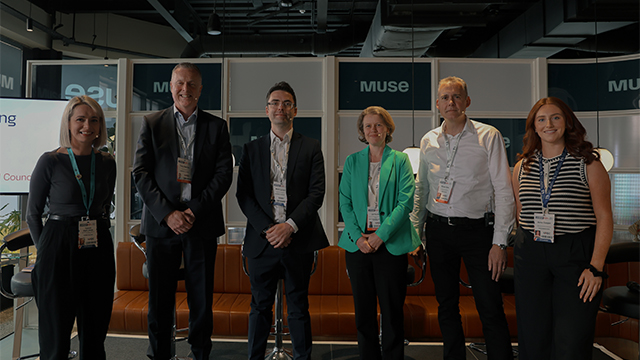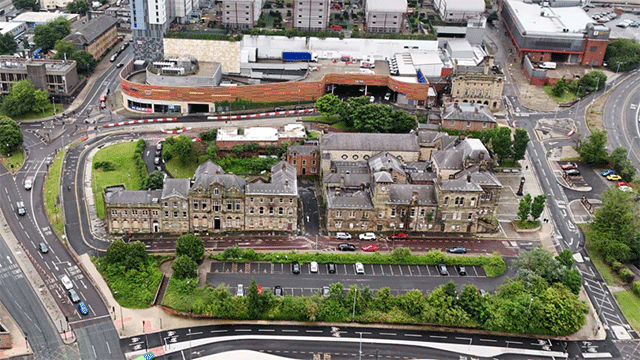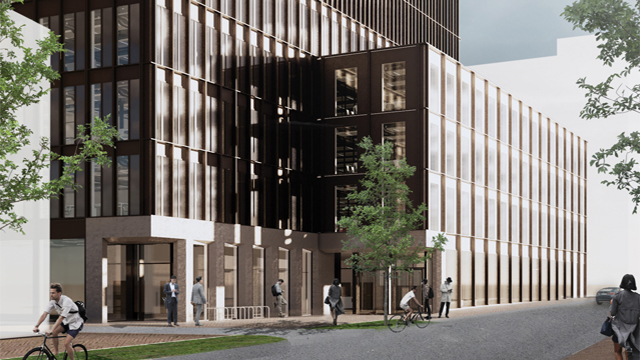Wireless broadband technologies have the potential to transform the property industry, says Malcolm Matson.Over the following pages, we look at how broadband can help a stagnant letting market and bring the 21st century to rural Devon
The rule of “location, location, location” will be given new meaning as developments in IT begin to bite. Broadband open-access connectivity will be an important determinant of a building’s usefulness and value in reference to its geographic position. Nowhere is this more evident than in the City – and broadband has now burst through the walls of the Square Mile and now stretches to Canary Wharf and beyond.
But a new slant to this revolution is emerging called “virtual estate”. As The Economist commented in its Technology Quarterly (15 March 2003): “New wireless technologies that render bandwidth irrelevant could kick-start a revolution in communications that will be bigger than the internet.”
Owners of real estate now have the potential to incorporate such technology into their buildings to realise the virtual estate for their tenants and future revenue. One day the “fourth utility” of broadband connectivity will become a basic “must have” for every building. When it does, its design, installation and ongoing management will engage the concern and focus of developers, owners and tenants. But we are still a long way from that.
Potential untapped
By and large the real estate community fails to appreciate such potential value.
By not taking advantage of the fruits of digital technology, coupled with the liberated regulatory environment to manage this virtual estate, the old-style telecoms operators are left free to take rich pickings by operating as a cartel, and relating charges for access to bandwidth to telephone tariffs, rather than underlying infrastructure costs.
If landlords were to design and manage the virtual estate and aggregate an entire development’s demand for digital bandwidth, they would derive substantial cost savings and added benefits for occupants. However, the value of the virtual estate is being skimmed by the telecommunications companies.
WiFi hotspots
One example of virtual estate squander is the emergence on both sides of the Atlantic of “WiFi hotspots”. Several hotspot operators, including BT, try to sign deals with major retail and leisure operators by installing WiFi – wireless fidelity, which allows internet and e-mail access without a physical connection – on the premises to provide customers with internet access for around £6 per hour.
If the property community were to pause, it might conclude that what is required is a “mutual clearing house” that would ensure that the customers of all operators could gain internet access at all WiFi venues, but at a fair price to the owners.
Indeed, it ought not take such a group long to begin to realise that with such a clearing house in place, the “operator” role might become redundant and the entire £6 could accrue to the property owner. The potential is great for them, or their tenants, using this virtual estate to enhance the utility of the building, and new services and applications will emerge from within the owner-occupier community.
Maybe it is not surprising that the commercial property market has been slow to awaken to this potential. Indeed, the floundering telecoms industry has helped keep it that way. But I and my colleagues intend to work with developers and owners of commercial and residential real estate to realise the true value of the virtual estate.
Malcolm Matson is an entrepreneur in the ITindustry










